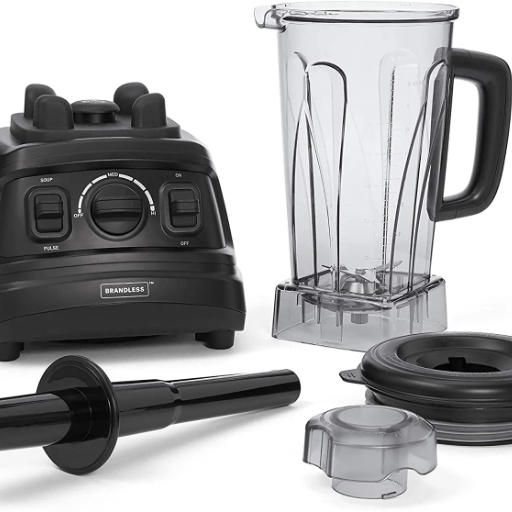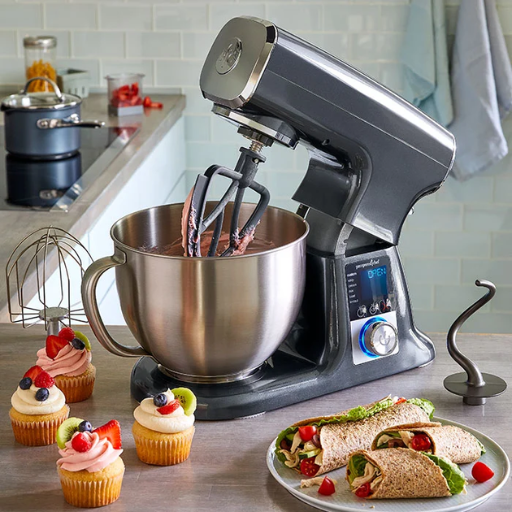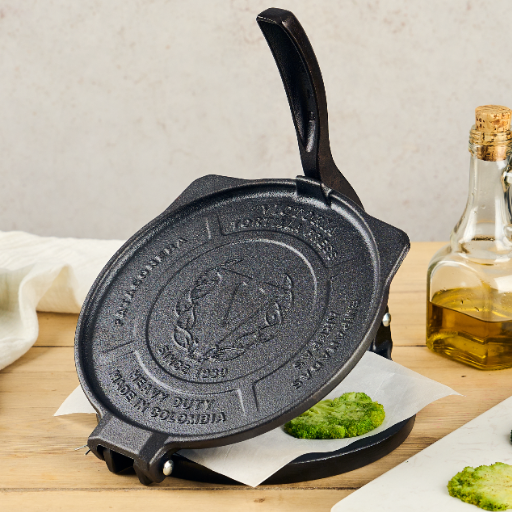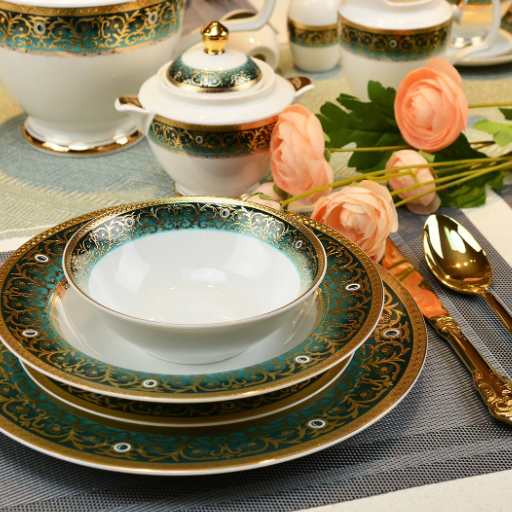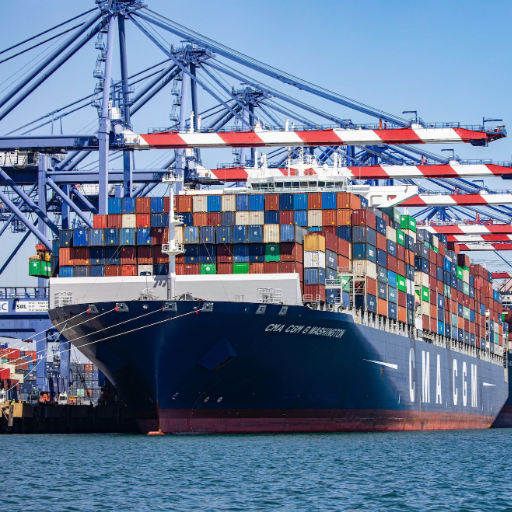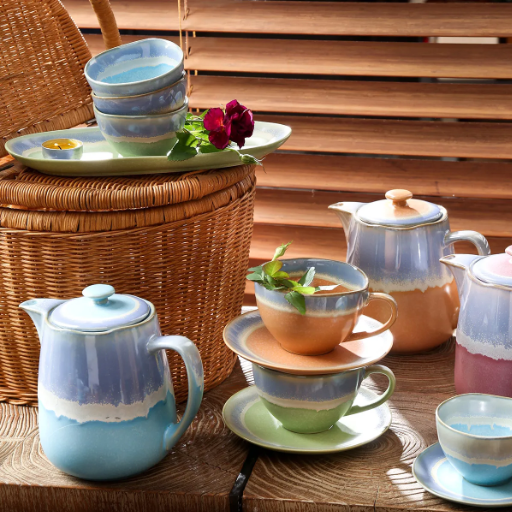The electric tea kettle is one of the most popular kitchen devices today. It provides a quick and easy solution for brewing tea, making the whole process more modern and precise. Different models of electric tea kettles are available to suit the needs of varying tea enthusiasts (e.g., casual drinkers and serious connoisseurs). It can be quite complicated to find a suitable kettle from the numerous brands and models available that claim to have variable temperature controls and rapid boiling. Many people find these claims to be confusing. We hope to solve this problem by analyzing popular models and focusing on their main functions that stand out. We will also provide you with our recommendations so that by the end of this guide, you will be fully aware of the electric tea kettle that suits your preferences and lifestyle and brewing habits the best.
What is an Electric Tea Kettle?

An electric tea kettle is an example of a kitchen device used for quickly heating water with electricity. It is made of a water receptacle, a heating element, and some form of safety mechanism to avoid over-boiling or overheating. Compared to stovetop kettles, electric tea kettles are faster and more convenient, as their servicing is hands-free. Some other features include an automatic shutoff, hot water dispensing, and variable temperature options. Electric tea kettles are ideal for brewing tea, coffee, or other hot beverages, and as a preparer for instant foods requiring water.
How Does an Electric Kettle Work?
An electric kettle’s functionality relies on the intertwining of electrical input and output with thermal energy generation and the resulting thermal output. When turned on and connected to a power source, the electricity flows through the heating elements, in form of metallic coils or flat heating plates. Such heating elements tend to have low electrical resistance, meaning they are effective in converting electrical energy to heat. The heating element’s produced heat then transfers to the reservoir containing water, thus increasing its temperature.
Today’s electric kettles have temperature sensors and thermostats which keep track of heating, and the entire process of heating water is done automatically. Once the water reaches the desired temperature, usually 212°F or 100°C at sea level, the thermostat will kick in and shut off the kettle. This is done so that water does not over boil or dry up. Some modern kettles do have the option of a special temperature control which allow for lower heating compared to brewing black teas and instant recipes, green teas need a more delicate approach. Many kettles also come with insulated bases and are made of heat-resistant materials to facilitate user safety while using the kettle. With this blend of technologies, electric kettles are unparalleled tools in modern drives, fostering energy efficiency while ensuring reliable performance.
What Are the Benefits of Using an Electric Tea Kettle?
- Speed and Efficiency
Compared to the old stovetop methods of heating water, electric kettles feature unparalleled advantages. For example, they increase the speed to which a user can boil water, reducing the time to 3-5 minutes compared 7-10 minutes over a stove while working busy environments. For many people, time is everything, for that the advanced technology comes in really handy.
- Precision Temperature Control
Lower-tier electric kettles and tea makers use a toggle switch to turn on/ off and do not come with temperature settings. Higher tier kettles have adjustable temperatures which users can set for different requirements. Each temperature setting corresponds to a specific use. For example, green tea is best brewed with water heated to 175°F (80°C). While black tea or coffee requires water to be 200°F (93°C). Using the correct temperature greatly enhances the quality of drinks while preventing overheating.
- Energy Efficiency
Use of electric kettles is observed to be more efficient than the conventional stove when boiling water. A report shared by the Energy Saving Trust suggested that electric tea kettles proved to be 80% energy efficient when compared to traditional boiling methods as tea kettles are designed to only heat the required amount of water. This proves electric kettles as an eco-friendly alternative.
- Safety Features
Electric kettles equipped with automatic shut-off and boil-dry features help multitaskers work in busy settings without the stress of worrying about overheating or boiling over. These features help streamline the tasks for office going people, or even for the ones working at home.
- Ease of Use and Convenience
Electric tea kettles operate with a one-button press which heats water efficiently and effortlessly. Additions like ergonomic handles, cordless designs, marked water levels improve the usability even further.
In today’s fast-paced world, electric kettles have become one of the most prized possessions for people who desire safety as well as convenience without having to compromise on energy-saving features. The technological ease, along with remarkable user-friendly design makes it even simpler, flexible and safe.
What Should I Look for in an Electric Tea Kettle?

- Capacity
A common volume is set to 1.5 liters which works well for a majority of households. Adjusting it too much on the lower side would be inconvenient, but accommodating the upper side is fine. Do note though that the kettle’s volume should ideally be decided according to one’s needs.
- Material
Each material has its own benefits. Stainless steel, glass, or BPA free plastic are all safe options for masking electric tea kettles. They also guarantee better styling as well as appropriate heat retention.
- Heating Speed
The best option is a kettle that has rapid-boil capabilities so hot water can be made quickly without wasting time and power.
- Temperature Control
If you plan to brew different types of tea, a variable temperature control is essential since each one requires a certain water temperature to excellently bring out the flavorful taste.
- Safety Features
For safe operation, automatic shut-off, boil-dry protection, and insulated handles are critical.
With an emphasis on these characteristics, you could pick an electric tea kettle with the best options for you that improves your experience during brewing and offers dependable operation.
Why Choose a Cordless Electric Kettle?
With the constant demands of modern life, cordless electric kettles offer exceptional flexibility and convenience for different households. As users are no longer tethered to the kettle by a pouring cord, hot water can be dispensed from anywhere. This feature is particularly beneficial in multitasking kitchens and offices, where movement is frequent. Furthermore, cordless kettles are built with modern advanced features, enabling rapid boiling, energy efficiency, and temperature regulation for different users while promoting energy conservation. As a result, these kettles enhance user experience through ergonomic form, thorough safety precautions such as cool-touch exteriors, or user-controlled automatic shut-off functions. Balancing functional daily hot water needs and aesthetics, cordless electric kettles easily elevate one’s kitchen.
Benefits of a Kettle with Temperature Control
- Optimal Brewing for Different Beverages
Controlling the temperature allows users to select the temperature to their preference for specific drinks. For instance, the green tea absorbs the water best at about 160–170°F (70–80°C) and black tea or herbal infused drinks usually need the water to fetch 200–212°F (93–100°C). This guarantees that for every type of drink, the extraction is done precisely resulting in exquisite taste.
- Energy Efficiency
Temperature-controlled kettles, where water is heated to a specific temperature and not boiled, can save energy. Studies show that compared to traditional kettles/ tea makers, switching to temperature controlled kettles can save between 20%–30% energy by not using excessive energy using heating elements.
- Protection for Specialty Ingredients
A more precise example is when one prepares infant formulas that has water temperature restrictions of 122°F (50°C) to keep nutrition intact. Pour-over coffee also needs water temperature precision.
- Improved Longevity of the Appliance
Temperature control consistency can improve the life span of a kettle’s heating element by reducing stress and extending the heated element’s life. Extreme shifts in temperature exert the least amount of stress.
Kettles with temperature control are an innovation in kitchen appliances. Their ability to meet specific user requirements while improving productivity and multifunctionality makes them crucial for different categories of users.
What Are the Different Types of Electric Tea Kettles?
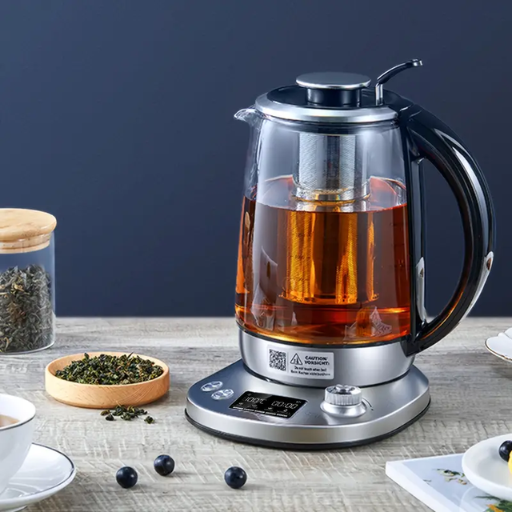
- Standard Electric Kettles
These kinds are basic as they only focus on boiling water quickly and efficiently. They have an on/off switch with automatic safety shut-off.
- Temperature-Control Kettles
These kettles allow the manual selection of specific temperatures making them suited to prepare different teas wherein exact precision to heat is needed.
- Gooseneck Kettles
Gooseneck kettles are loved by tea and coffee lovers because they are designed to offer precise pouring. Their spouts are controlled to give the best flow for brewing methods such as pour-over coffee.
- Smart Kettles
Smart kettles come with Bluetooth or Wi-Fi capabilities making them controllable from mobile phones through dedicated applications. They come with a temperature presets, timers, and even scheduling options.
- Travel Kettles
Small and easy to carry, travel kettles are intended for use in hotels or when camping.
These modern kettles are adapted to distinct requirements, providing convenience according to different preferences and daily habits.
Comparing Stainless Steel Electric Kettles and Glass Electric Kettles
|
Key Point |
Stainless Steel Kettles |
Glass Kettles |
|---|---|---|
|
Durability |
Highly durable, resistant to damage |
Fragile, prone to cracking or breaking |
|
Aesthetic Appeal |
Sleek, modern, professional look |
Transparent, visually attractive design |
|
Heat Retention |
Excellent heat retention |
Moderate heat retention |
|
Safety Features |
Insulated handles, cool-to-touch designs |
May include boil-dry protection |
|
Maintenance |
Easy to clean, resists staining |
Requires frequent descaling for clarity |
|
Material Reaction |
Non-reactive, does not alter taste |
May influence purity if low-quality |
|
Weight |
Heavier due to material density |
Generally lighter |
|
Price Range |
Mid-to-high price range |
Moderate-to-high price range |
|
Energy Efficiency |
Heat-efficient, rapid boiling |
Slightly less efficient in heat transfer |
|
Transparency |
Opaque, contents not visible |
Fully transparent, contents visible |
What is an Electric Gooseneck Kettle?
An electric kettle lets you heat water with control and precision, filling the gap in the kitchen appliances for coffee and tea lovers. Its special feature is having a slim, curved spout which allows for steady and controlled pouring, crucial for serving delicate teas or for brewing via pour-over methods. Like all modern kitchen appliances, these kettles also run on electricity which boosts their gooseneck design and frees them from needing stovetops. They do, however, contain handy functions like heating very fast and keeping functionalities that help to hold their temperatures. Their construction includes heat resistant plastics or stainless steel which makes them very durable and allows their designs to match the gooseneck style with modern kitchens.
How to Choose the Best Electric Tea Kettle for Your Needs?
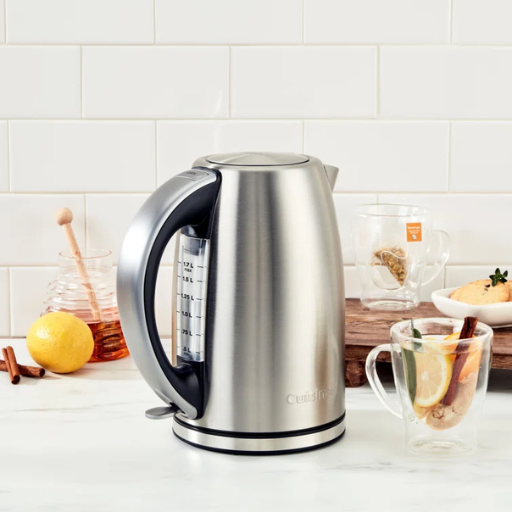
When choosing the best electric tea kettle for your needs, consider the following key factors:
- Capacity – Choose your kettle based on your usual needs. Kettles for personal use are smaller (0.5–1 liter) while families or heavy users will find the larger models (1.5–2 liters) more convenient.
- Temperature Control – If you brew different drinks, look for separate controls for each as some drinks like green tea or coffee are brewed better at certain temperatures.
- Material – Ensure materials are BPA free for safety. Stainless steel offers durability and heat retention glass allows you to monitor the water level.
- Spout Design – If precision pouring is important to you like in pour over coffee, pick gooseneck spouts for better control on water flow.
- Features – Extra features can fast boiling, safety auto shutoff, boil-dry protection and keep warm.
- Budget – Avoid spending on extras and set a price limit based on the treasured features you have in mind.
Analyzing your daily routine with your household, preferences, and even advanced brewing methods will ensure you make the best decision.
Top Brands: Cuisinart vs. Breville vs. Hamilton Beach
Cuisinart is a globally known brand well regarded for coming up with dependable and cutting-edge appliances for today’s kitchen. As with all of their products, their electric kettles come with great ease of use. Some models come with variable temperature control, rapid boil features, and a sturdy all-stainless steel body. Advanced safety measures are also integral to the design as many of Cuisinart kettles are equipped with auto-shutoff, boil-dry protection, and other safety mechanisms which makes them kettle practical and safe. The company’s balance of great prices and functionality makes them appealing to steeped tea drinkers and dedicated tea lovers alike врзusers.
Breville is known for its high-end appliances that focus on electric performance and elegant looks. Their electric kettles feature technological innovations, like engineering pour-over functions and walk-away technology, LCD screens that show the current temperature, and programmable tea bag drop timers. Considering form and function, Breville’s kettles are often made with high-grade brushed stainless steel to give a modern, clean look while also being durable. Though priced at a higher point than their competitors, Breville kettles are perfect for users looking for beauty and accuracy in the brewing process.
Hamilton Beach has affordable electric kettles with basic functionalities and simple to use features. Well-regarded for their practicality, the kettles usually have quick boiling features, cordless serving, and comfortable handles. The Hamilton Beach models are mainly made with practicality and cost in mind, which face no reliability issues with basic safety measures such as auto-shutoff and boil-dry protection enabled. This brand appeals to purchasers looking for value in durable and reliable everyday appliances.
What is the Ideal Size for an Electric Water Kettle?
Electric kettles come in sizes 1 to 1.7 liters, with the later being standard for most models, so when looking for an electric water kettle, think of the individual’s household use patterns requeriments first. A compact 1-liter kettle is ideal for smaller households and individuals since they usually need to brew an instant meal or beverage for one to two people. On the contrary, larger families and even offices require higher-capacity models, preferably greater than 1.5 liters, as these would be able to serve multiple people in one go.
In addition, balancing energy efficiency and space limitations is a key consideration in the decision-making process. In the case of kettles designed for travel, compact size is advantageous because it saves space and is more energy-efficient. On the other hand, bigger kettles could be more effective when there is heavy usage or when serving large number of people. Users should also compare the time different kettles take to heat different amounts of water, as performance can vary greatly among smaller and larger models.
How to Maintain Your Electric Tea Kettle?
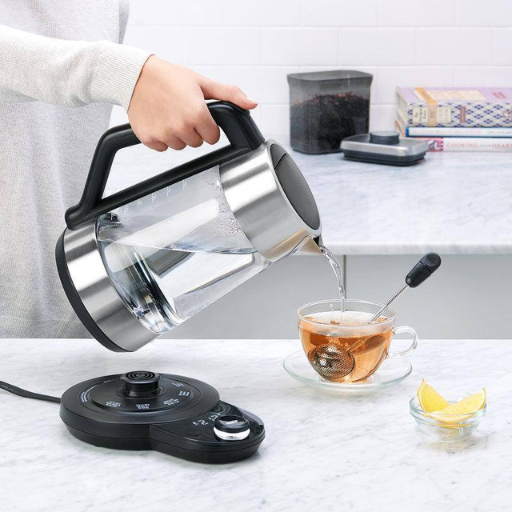
To maintain your electric tea kettle effectively, follow these steps:
- Regular Cleaning – To preserve the kettle’s effectiveness and function, clean it weekly with a soft cloth and warm soapy water. A weekly maintenance wash removes residue and any build up from the glass surface. Vacuuming water is necessary to prevent electric components from getting damaged. Soft cloths are preferred to prevent scratches.
- Descale Frequently – Electric kettles are prone to develop a limescale coat if boiled regularly. A vinegar and warm water mixture in a 1:1 ratio can be used to descale the kettle. Advertised products which are silica based can also help to descale and clean the device. Make sure to rinse the kettle after using any form of cleaning solution.
- Dry Thoroughly – After cleaning, or after using the kettle, make sure to wipe it and its stand diaper dry to ensure no moisture remains. Ignoring this step can result in the formation of rust and other problems for the kettle.
- Avoid Overfilling – Preset marks are put on the electric kettles to indicate the maximum water fillable heights. Make sure not to exceed the noted marking for refills to waste whilst still permitting optimized heating.
- Inspect the Cord and Plug – Damage to the plug and power cord must be checked periodically. If damage is present, the kettle should not be used until it is professionally repaired or replaced.
With these practices, the performance of your electric tea kettle will be maintained and its life span enhanced.
Cleaning Tips for Glass and Stainless Steel Kettles
- Descaling with Vinegar Solution –To eliminate limescale from the kettle, prepare a solution of equal parts white vinegar and water. Pour the mixture into the kettle up to the half mark. Boil and let it sit for 15 – 20 minutes. After this, throw away the mixture. Rinse the kettle with clean water to eliminate any leftover vinegar odor.
- Lemon Juice for Odor Removal – If your kettle is odorous, lemon cleaning will work best in removing foul smells. Squeeze one lemon and pour water to fill up to its maximum volume and bring it to a simmer. After the mixture is heated for 10-15 minutes, pour out and rinse with clean water. Besides odor removal, this process helps reduce mild scaling too.
- Baking Soda for Stubborn Stains – Stainless steel kettles often have stubborn stains which can be treated by creating thick paste of baking soda and few drops of water. Using a soft sponge, scrub the kettle with the paste to the non abrasive surfaces. Soak thoroughly to ensure no remnants are left since baking soda is good at tough stains but does not scratch surfaces.
- Daily Rinse for Glass Kettles – Glass kettles should be rinsed with warm water every day after use to remove any dirt that may have collected. Doing this minimizes the chances of residue or mineral deposits building up, especially in hard water regions. Remember to wipe down the inside with a soft cloth to eliminate water spots that may form.
Following these detailed steps will effectively remove any existing buildup in glass and stainless steel kettles, prevent damage, and extend the operational efficiency of the kettles.
How to Descale Your Electric Water Boiler?
For all these reasons, the descaling needs of your electric water boiler are paramount—especially if you live in areas that have a lot of hard water. Prepare the appliance by dousing it in a specially formulated descaling solution. You can use a basic ratio of half water and half vinegar. Alternatively, you can use a powdered form of citric acid that’s been mixed with water. Pour the solution clean into the water boiler, filling it to the required fill mark.
Adjust the appliance settings so the solution boils, or reach maximum temperature for boiling to occur. Let the appliance heat up, and after it heats, turn off the device and allow the solution to sit for 15 to 30 minutes. This will guarantee that the acidic components have thoroughly dismantled lime scale and calcium deposits. Finally, removing the solution, rinsing the boiler several times with clean water, and wiping the interior dry with a soft cloth to prevent residue will ensure that no clean water is left behind.
Reference Sources
-
Electric Kettles: An Assessment of Energy-Saving Potentials – This paper reviews technical, behavioral, and economic factors of electric kettles, focusing on energy-saving potentials.
-
Electric Kettles: An Assessment of Energy-Saving Potentials for Policy Making in the EU – A study analyzing worldwide policies, energy efficiency methods, and technical potentials of electric kettles.
-
Materials in the Design of Kettles – This article explores the evolution of materials used in kettle production and their implications.
Frequently Asked Questions (FAQs)
Q: What are the key features to look for in the best electric tea makers?
A: When selecting the best electric tea makers, look for features such as temperature control, auto shut-off for safety, a borosilicate glass body for visibility, and a keep warm function to maintain the temperature of your water. Consider kettles with a 1.7L capacity for larger servings and stainless steel inner components for durability.
Q: How do electric kettles for boiling water differ from traditional kettles?
A: Electric kettles for boiling water are typically faster and more energy-efficient than traditional stovetop kettles. They often come with features like auto shut-off and boil-dry protection, which enhance safety and convenience. Many also have temperature settings tailored for brewing coffee or tea.
Q: What is the advantage of using a glass electric tea kettle?
A: A glass electric tea kettle, especially those made from BPA-free borosilicate glass, allows you to see the water level and the boiling process. It is also easier to clean and does not retain odors or flavors, ensuring that your next cup of tea or coffee tastes fresh.
Q: Can I use an electric kettle with temperature control for coffee?
A: Yes, an electric kettle with temperature control is ideal for making pour-over coffee. Different coffee varieties require different water temperatures, and these kettles allow you to select the perfect temperature to extract the best flavor from your coffee.
Q: How does the keep warm feature work in electric kettles?
A: The keep warm feature in electric kettles maintains the water at a set temperature for an extended period, allowing you to enjoy a cup of coffee or tea at your leisure without needing to reboil the water. This is particularly useful for multiple servings or for when you need to step away briefly.
Q: What is boil-dry protection and why is it important?
A: Boil-dry protection is a safety feature in electric kettles that automatically shuts off the kettle if it detects that there is no water inside. This prevents damage to the kettle and reduces the risk of fire hazards, making it an essential feature for any electric kettle.
Q: What is the capacity of a typical 1.7L electric kettle?
A: A typical 1.7L electric kettle can hold enough water to brew approximately 6-7 cups of tea or coffee, making it a great choice for families or gatherings. This capacity is suitable for boiling water for tea or preparing hot beverages efficiently.
Q: Are there any electric kettles specifically designed for tea infusers?
A: Yes, some electric kettles come with built-in infusers, allowing you to steep loose-leaf tea directly in the kettle. This feature enhances the brewing process and ensures that your tea is made at the ideal temperature and steeping time.
Q: How do I select the best electric kettle for my needs?
A: To select the best electric kettle for your needs, consider factors such as the type of beverages you plan to make (tea or coffee), desired features (like temperature control and auto shut-off), design preferences (glass or stainless steel), and capacity (like 1.7L). Reading reviews and product comparisons can also help you make an informed choice.

